TLDR;
With early diagnosis, proper treatment, and consistent oral hygiene, many people with periodontal disease can keep their teeth for life. However, without treatment, periodontitis can lead to tooth loss in a matter of years, depending on severity and personal health factors.
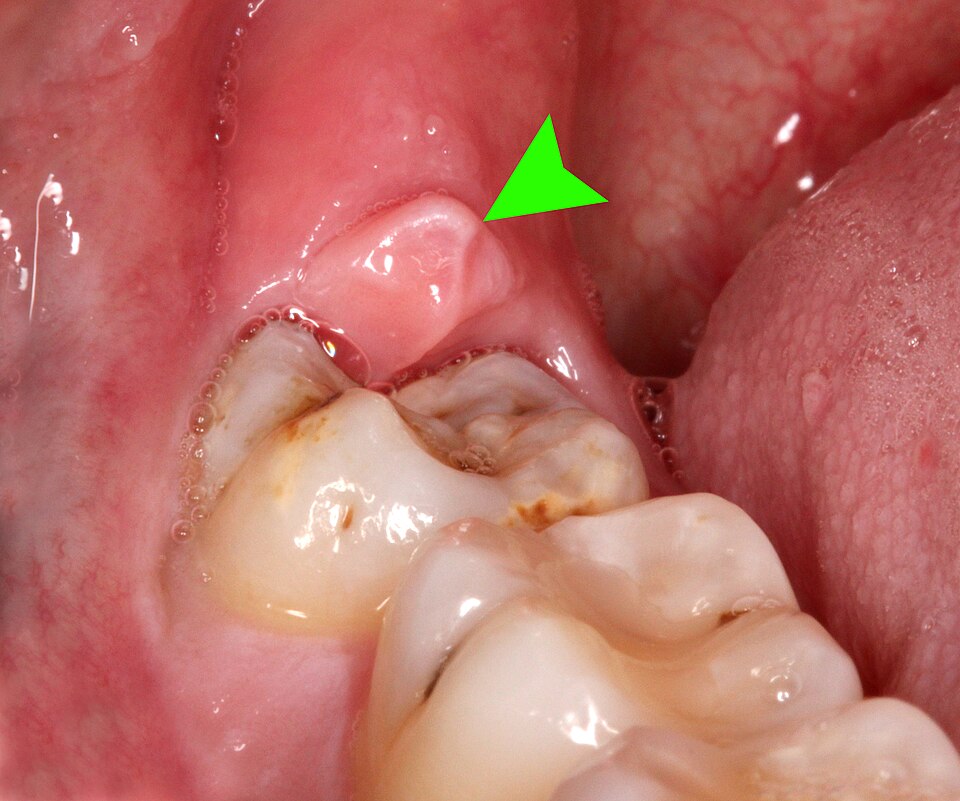
Periodontal disease, also known as gum disease, is one of the leading causes of adult tooth loss—but it doesn’t have to be. At Buford Dentist, we’ve seen firsthand how timely intervention and diligent care can help patients maintain their natural teeth for decades, even after a diagnosis of periodontitis.
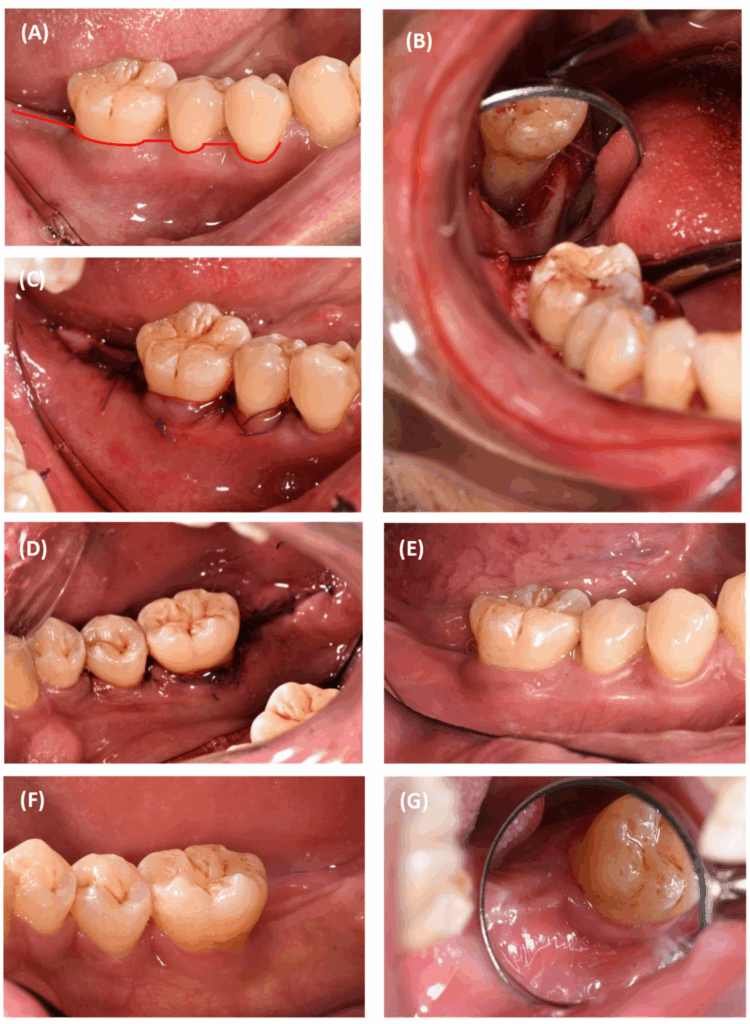
The timeline of tooth loss varies based on disease progression and patient response.
Without treatment:
With treatment:
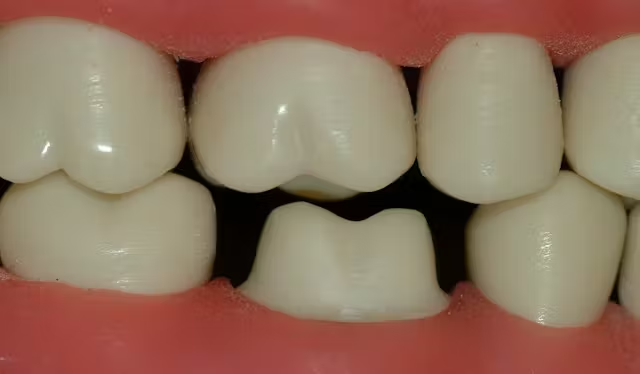

At Buford Dentist, we tailor treatments based on the stage of the disease and your overall health profile. These treatments include:
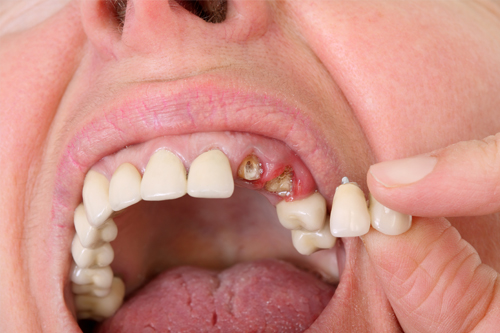
You can greatly reduce your risk of tooth loss by committing to these strategies:
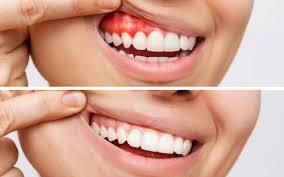
In some cases, despite all efforts, tooth loss may be inevitable. In these situations, modern dentistry offers highly effective solutions.
These options restore function, prevent neighboring teeth from shifting, and support facial structure.
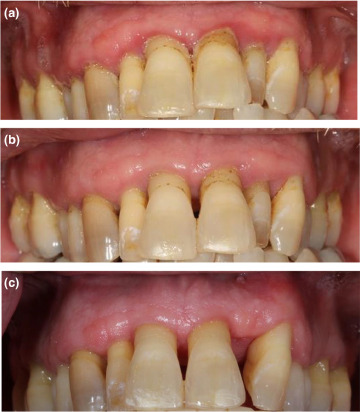
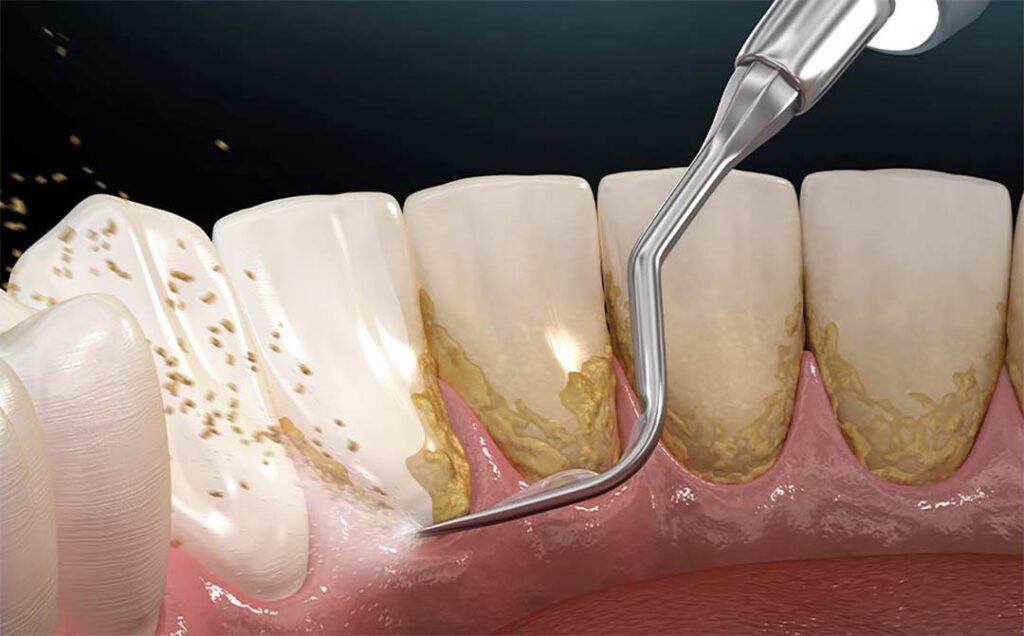
Let’s revisit this core non-surgical treatment. Scaling and root planing (SRP) is often underestimated, but it remains the gold standard for early to moderate periodontitis.
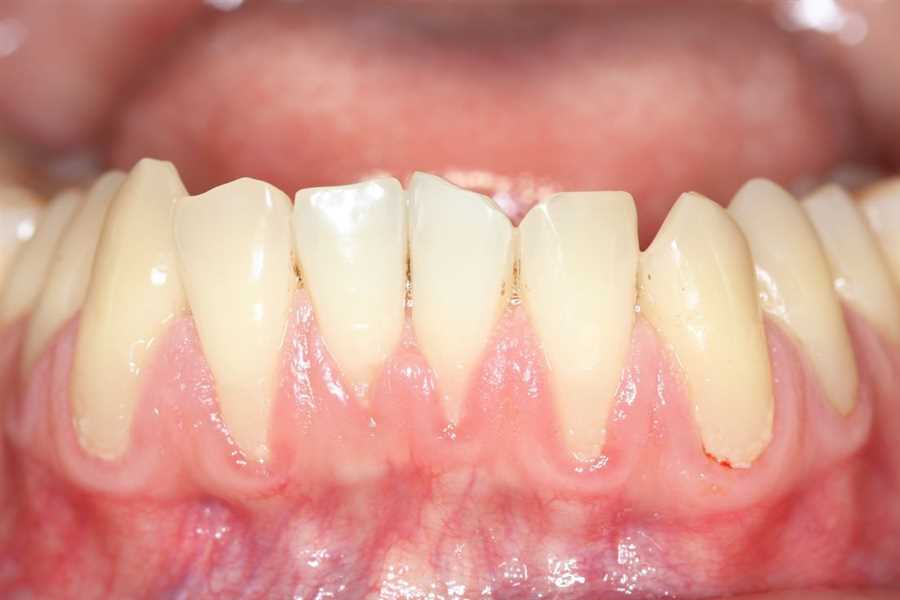
While the effects of periodontal disease can be managed, some damage may not be fully reversible.

Tooth mobility is a red flag that the supporting structures are failing. However, not all mobility means the tooth is lost.

We always tell our patients: once you’ve had periodontal disease, you’re at higher risk for recurrence. That’s why consistent Professional Dental Cleaning & Exams are critical for prevention and long-term health.